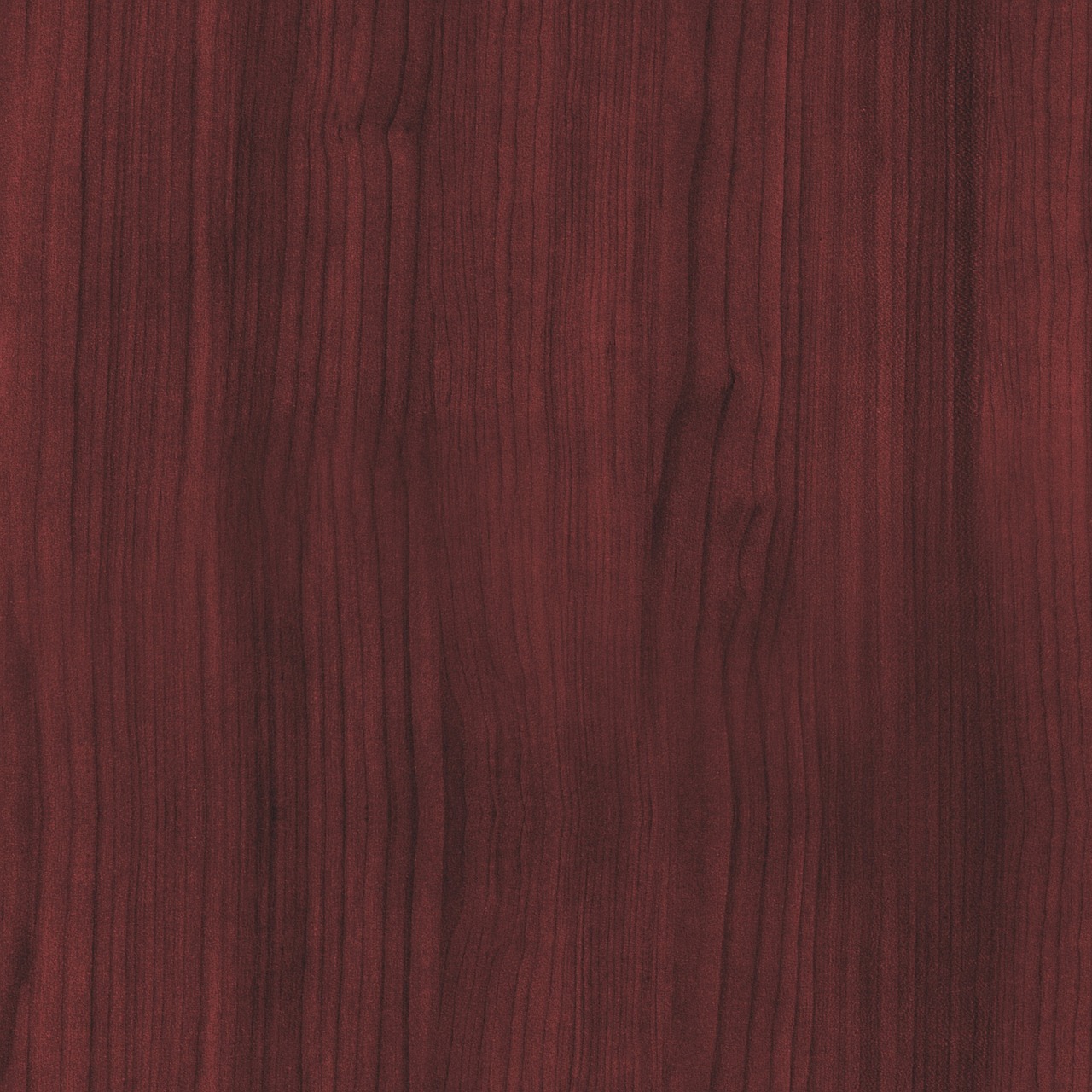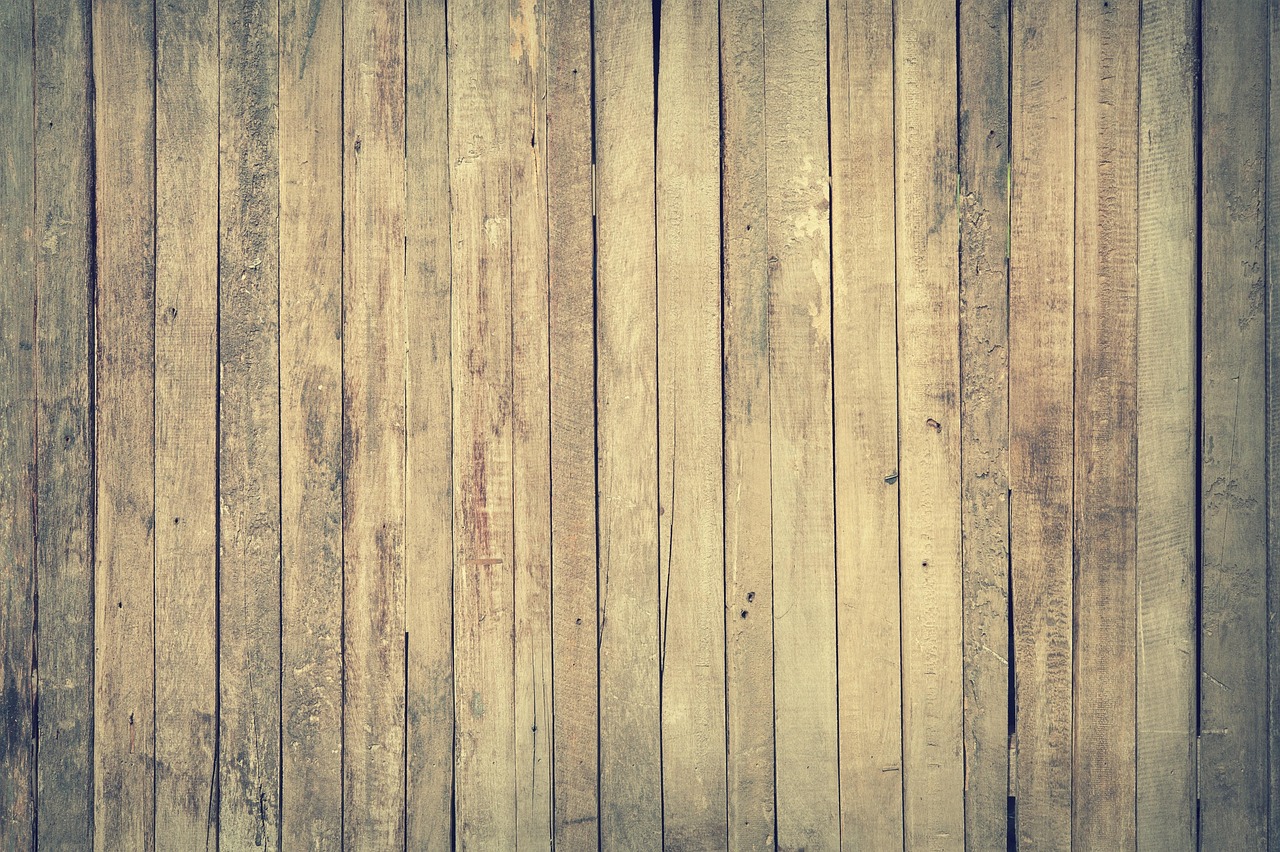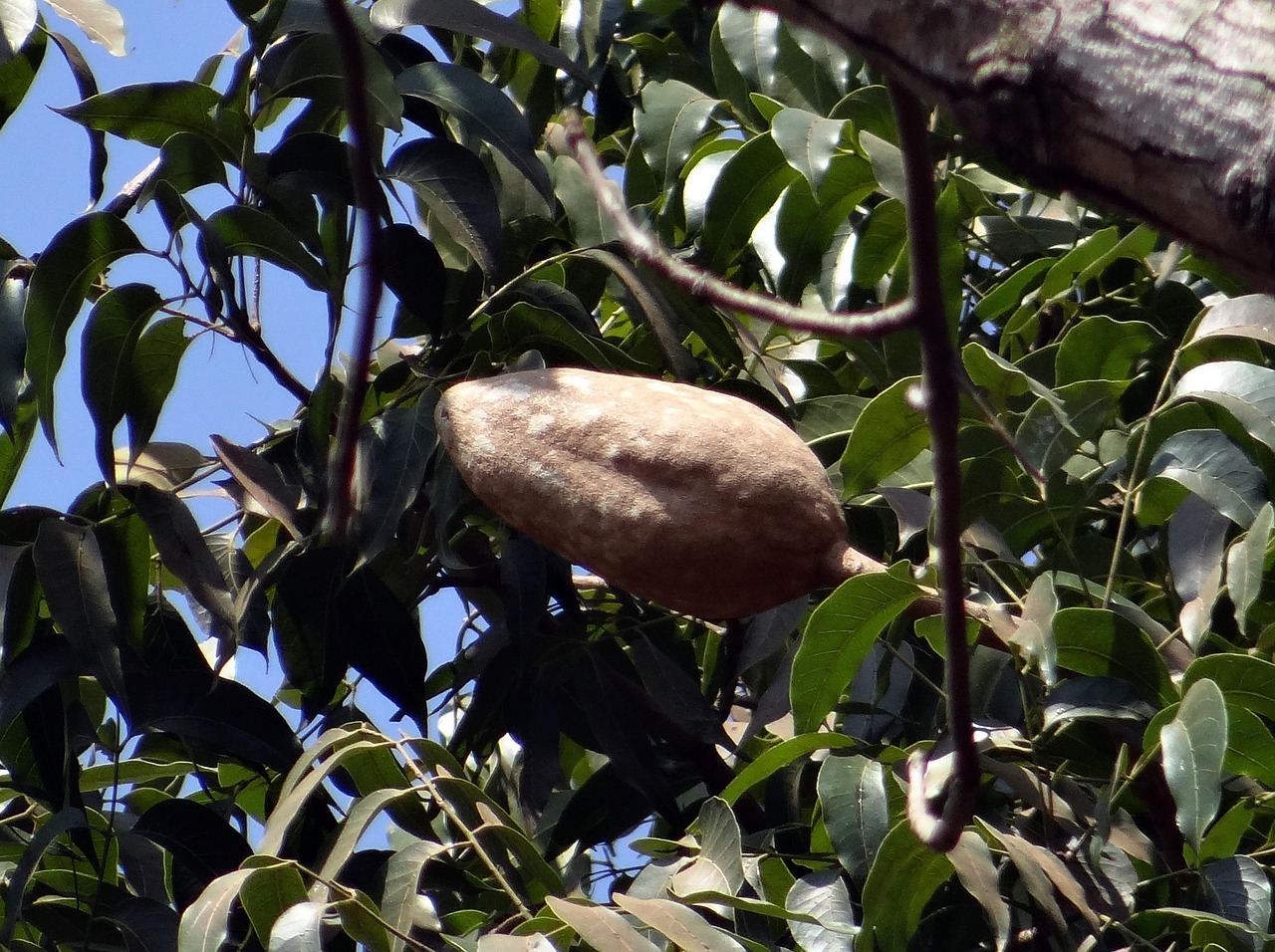The growth rate of mahogany trees is typically between 24 to 36 inches per year under optimal conditions. This rapid growth makes mahogany a sought-after source for quality timber, which is prized for its durability and aesthetic appeal.
Understanding Mahogany Trees
Mahogany trees are renowned for their beautiful wood, which has been used in furniture making, cabinetry, and decorative items for centuries. These trees belong to the genus Sweara, with the most commercially important species being Swietenia macrophylla, commonly known as Honduran mahogany. The allure of mahogany lies not only in its rich color and fine grain but also in its strength and resistance to decay.

Native to Central and South America, mahogany thrives in tropical climates. Understanding the growth rate of mahogany trees is crucial for sustainable forestry and timber production. A tree that grows quickly can be harvested sooner, providing economic benefits while ensuring the species’ viability.
Factors Affecting Growth Rate
The growth rate of mahogany trees can be influenced by several environmental and biological factors. Here are some key elements that affect their growth:
- Soil Quality: Mahogany prefers well-drained, loamy soils rich in nutrients. Poor soil conditions can significantly slow growth.
- Climate: These trees thrive in warm temperatures with plenty of rainfall. Ideal conditions include consistent moisture and temperatures between 70°F and 90°F.
- Light Exposure: Mahogany trees require full sun to grow optimally. In shaded areas, their growth may become stunted.
- Water Availability: Adequate rainfall or irrigation is essential, especially during dry seasons, to promote healthy growth.
- Pests and Diseases: Infestations or diseases can hinder growth and affect timber quality.
Growth Rate Statistics
The growth rate of mahogany trees can vary significantly based on the above factors. Here are some general statistics that provide insight into their growth performance:

| Age (Years) | Average Height (Feet) | Average Diameter (Inches) | Growth Rate (Inches/Year) |
|---|---|---|---|
| 1 | 5 | 1 | 30 |
| 3 | 15 | 3 | 36 |
| 5 | 25 | 6 | 24 |
| 10 | 40 | 12 | 30 |
| 15 | 50 | 18 | 36 |
The table above illustrates the typical growth trajectory of mahogany trees over the years. In their early years, they exhibit rapid height and diameter growth. This period is crucial for establishing a strong trunk, which is essential for future timber quality.
Sustainable Management Practices
Sustainable management practices are vital for ensuring that mahogany trees continue to thrive while providing high-quality timber. Here are some recommended strategies:
- Selective Harvesting: Instead of clear-cutting, selectively harvesting mature trees helps maintain the ecosystem and encourages further growth.
- Avoiding Overcrowding: Proper spacing between trees allows each one to receive adequate sunlight and nutrients.
- Pest Management: Regular monitoring for pests and diseases can help mitigate risks that may affect growth rates.
- Replanting: After harvesting, planting new saplings is essential for ensuring the continuity of mahogany forests.
By implementing these practices, forest managers can ensure that mahogany trees reach their full potential for quality timber production while preserving the environment for future generations.

Growth Conditions for Mahogany Trees
To achieve optimal growth rates for mahogany trees, specific environmental conditions must be met. Understanding these conditions can help foresters and landowners cultivate healthy trees that produce high-quality timber. Below are some of the essential growth conditions for mahogany trees:
Soil Composition
The soil type plays a significant role in the growth of mahogany trees. They prefer:
- Loamy Soil: A mixture of sand, silt, and clay supports drainage while retaining nutrients.
- pH Level: An ideal soil pH of 6.0 to 7.5 is best for nutrient absorption.
- Nutrient-Rich: Soils should contain adequate organic matter to support healthy growth.
Climate Requirements
Mahogany trees thrive in tropical climates. The following climate factors are crucial:

- Temperature: Mahogany grows best in temperatures ranging from 70°F to 90°F.
- Rainfall: An annual rainfall of at least 40 inches is necessary for optimal growth.
- Humidity: High humidity levels promote healthy foliage and wood quality.
Growth Stages of Mahogany Trees
Understanding the growth stages of mahogany trees can help in managing their cultivation effectively. There are generally three main stages of growth:
1. Seedling Stage
During the seedling stage, young mahogany trees are particularly vulnerable. Care during this stage is crucial for future growth. Key characteristics include:
- Duration: This stage typically lasts from germination to around one year.
- Height Growth: Seedlings may reach heights of 1 to 5 feet.
- Care Needs: Regular watering and protection from pests are essential.
2. Juvenile Stage
The juvenile stage sees rapid growth and development. Important aspects include:
- Duration: This stage lasts from one year to about five years.
- Height Growth: Trees can grow between 5 to 25 feet in height during this period.
- Nutrient Requirements: Fertilization may be necessary to support ongoing growth.
3. Mature Stage
The mature stage signifies that the tree is ready for timber production. Characteristics include:
- Duration: This stage occurs after five years and can last up to 100 years.
- Height Growth: Mature trees can exceed heights of 50 feet.
- Diameter Growth: The trunk diameter can reach up to 24 inches or more.
The Role of Genetics in Growth Rate
Genetics significantly influence the growth rate and timber quality of mahogany trees. Selecting high-quality seeds or saplings can improve growth outcomes. Here are some genetic factors that affect growth rates:
- Species Variation: Different species exhibit varying growth potentials.
- Parent Tree Quality: Trees grown from superior parent stock often show enhanced growth rates and timber quality.
- Disease Resistance: Genetic traits that confer resistance to pests and diseases can lead to healthier, faster-growing trees.
Pest and Disease Management
Pests and diseases pose significant threats to mahogany tree health and growth rates. Effective management strategies are essential to mitigate these risks. Common pests include:
- Borers: These insects tunnel into the wood, weakening the tree structure.
- Aphids: They feed on sap, causing stress and stunted growth.
- Leaf Spot Fungi: These pathogens can damage foliage, reducing photosynthesis efficiency.
To manage pests and diseases, consider the following strategies:
- Cultural Practices: Implementing proper spacing and irrigation techniques can reduce pest infestations.
- Pesticide Use: Applying organic pesticides can help manage outbreaks without harming the environment.
- Regular Monitoring: Frequent inspections for signs of pests or diseases can facilitate early interventions.
A proactive approach to pest and disease management will ensure that mahogany trees reach their potential growth rates and yield quality timber. By maintaining healthy growing conditions throughout all stages, landowners can optimize the productivity and sustainability of mahogany forests.
Economic Importance of Mahogany Timber
Mahogany timber is highly valued in the woodworking and furniture industries due to its durability and attractive appearance. As a result, understanding the economic significance of mahogany trees can help landowners and investors make informed decisions regarding their cultivation and management.
Market Demand
The global demand for mahogany timber remains strong, driven by several factors:
- Aesthetic Appeal: Mahogany’s rich color and fine grain make it a popular choice for high-end furniture, cabinetry, and flooring.
- Durability: Mahogany is known for its resistance to wear and tear, making it ideal for both indoor and outdoor applications.
- Craftsmanship: Skilled artisans favor mahogany for its workability, allowing for intricate designs and high-quality finishes.
Due to these attributes, mahogany wood often commands higher prices compared to other hardwoods. This price premium can significantly benefit those engaged in mahogany cultivation, making it a lucrative investment opportunity.
Timber Prices
The price of mahogany timber can fluctuate based on various factors, including quality, size, and market conditions. Below is a table that outlines typical prices for mahogany timber based on different grades:
| Grade | Price per Board Foot (USD) | Characteristics |
|---|---|---|
| First Quality | $10 – $15 | No defects, excellent grain pattern. |
| Second Quality | $7 – $10 | Minor defects, good grain pattern. |
| Third Quality | $4 – $7 | Visible defects, acceptable grain pattern. |
This table illustrates the price range for mahogany timber based on its grade. Higher-quality timber is often sought after in luxury markets, which can influence pricing trends.
Sustainability and Certification
Sustainable practices in mahogany cultivation are essential to protect the environment while meeting market demand. Certifications can enhance the value of mahogany timber and provide assurance to consumers regarding sustainable sourcing.
Certification Organizations
Several organizations focus on certifying sustainably sourced timber. Here are some notable ones:
- Forest Stewardship Council (FSC): This organization sets standards for responsible forest management and certifies products that meet these criteria.
- Programme for the Endorsement of Forest Certification (PEFC): PEFC promotes sustainable forest management through certification and labeling of forest products.
- Rainforest Alliance: This organization works with businesses to certify sustainable practices in agriculture and forestry.
Benefits of Certification
Obtaining certification for mahogany timber offers several advantages:
- Market Access: Certified timber can access markets that prioritize sustainability, enhancing sales opportunities.
- Higher Prices: Consumers are often willing to pay a premium for sustainably sourced products.
- Environmental Protection: Certification encourages responsible forestry practices that protect ecosystems.
Cultivation Techniques for Quality Timber Production
The methods used in cultivating mahogany trees can significantly impact their growth rate and the quality of the harvested timber. Here are some recommended techniques for optimal cultivation:
Site Preparation
Before planting mahogany trees, proper site preparation is crucial. Key actions include:
- Clearing Debris: Remove any existing vegetation or debris that could compete with young mahogany trees.
- Soil Testing: Conduct soil tests to determine pH levels and nutrient content, allowing for appropriate amendments.
- Tilling: Loosen the soil to improve drainage and allow for better root development.
Irrigation Management
Irrigation is vital during the early stages of growth. Here are some techniques:
- Drip Irrigation: This method delivers water directly to the root zone, reducing waste and promoting healthy growth.
- Irrigation Scheduling: Implementing a schedule based on soil moisture levels can optimize water use.
- Drought Mitigation: Ensuring sufficient water supply during dry periods protects young trees from stress.
Nutrient Management
Nutrient management is essential for supporting healthy growth. Strategies include:
- Fertilization: Applying fertilizers based on soil tests can help meet nutrient needs effectively.
- Organic Amendments: Incorporating compost or well-rotted manure can improve soil health and fertility.
- Pest Control: Managing pests through integrated pest management (IPM) ensures that trees remain healthy and productive.
By employing these cultivation techniques, landowners can enhance the growth rates of mahogany trees while ensuring the production of high-quality timber that meets market demands.
Challenges in Mahogany Cultivation
While the cultivation of mahogany trees can be highly rewarding, several challenges must be addressed to ensure successful growth and timber quality. Understanding these challenges allows landowners to implement strategies that mitigate risks and enhance productivity.
Environmental Challenges
Environmental factors can significantly impact the growth rate of mahogany trees. Some common challenges include:
- Climate Variability: Changes in weather patterns, such as prolonged droughts or excessive rainfall, can hinder growth and damage young trees.
- Soil Degradation: Over time, soil health can deteriorate due to nutrient depletion, compaction, or erosion, negatively affecting tree health.
- Invasive Species: The introduction of invasive plants or pests can compete with mahogany trees for resources or directly harm them.
Economic Challenges
The economic landscape can also pose challenges for mahogany cultivation. Key issues include:
- Market Fluctuations: Timber prices can vary based on supply and demand, impacting profitability for growers.
- Investment Costs: Initial investments in land, seedlings, and infrastructure may be substantial, requiring careful financial planning.
- Sustainability Certification Costs: Obtaining certifications for sustainable practices can incur additional costs, though they may provide long-term benefits.
Future of Mahogany Timber Production
The future of mahogany timber production looks promising as awareness of sustainable forestry practices continues to grow. Innovations in cultivation techniques and management practices are likely to enhance growth rates and timber quality. Additionally, the increasing demand for sustainably sourced timber presents opportunities for those involved in mahogany cultivation.
Technological Advances
Emerging technologies are revolutionizing the way mahogany trees are cultivated and managed. Some notable advancements include:
- Remote Sensing: Utilizing drones and satellite imagery allows for better monitoring of growth conditions and forest health.
- Precision Agriculture: Technologies that enable precise irrigation and nutrient application can optimize resource use.
- Genetic Research: Advances in genetics may lead to the development of faster-growing, disease-resistant mahogany varieties.
Final Thoughts
The growth rate of mahogany trees is influenced by a variety of factors, including environmental conditions, nutrient management, and pest control. By understanding these elements, landowners can implement best practices to maximize growth rates and produce high-quality timber. Economic considerations and sustainability are also critical to ensuring that mahogany cultivation remains viable in the long term.
As the demand for premium hardwood continues to rise, the importance of sustainable management practices cannot be overstated. By investing in proper cultivation techniques and remaining aware of market dynamics, growers can contribute to the health of mahogany forests while capitalizing on their economic potential. The future of mahogany timber production holds promise, particularly for those committed to environmental stewardship and quality wood production.
In summary, mahogany trees offer significant potential for high-quality timber production. Through careful management and a focus on sustainability, it is possible to cultivate these magnificent trees while ensuring a profitable return on investment and preserving the environment for future generations.
